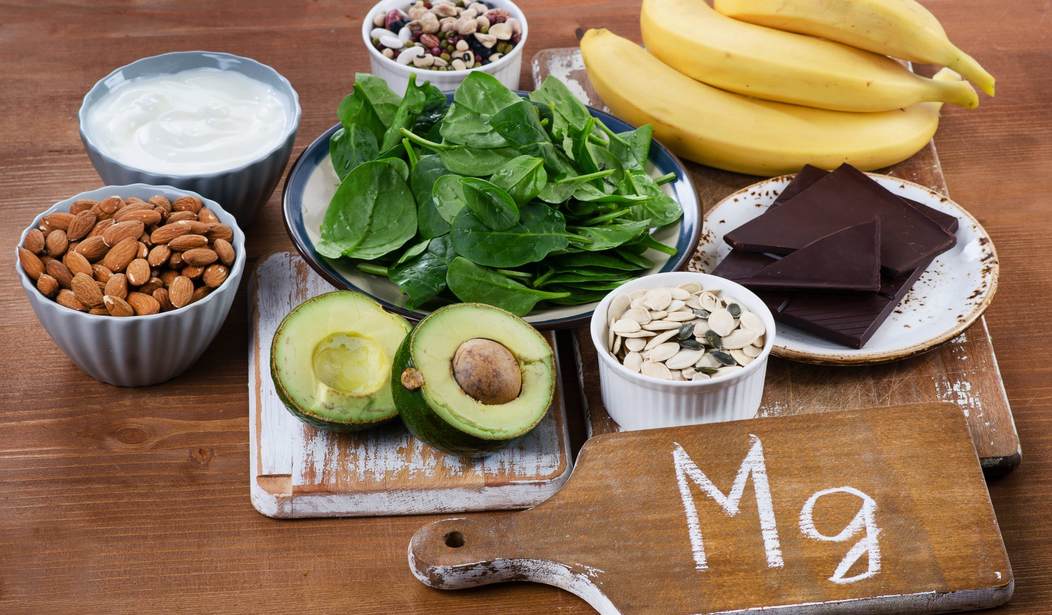I was standing in my kitchen cooking one Saturday afternoon, when all of a sudden, my dog came running at me at full-force, and ran right onto my knee, hyper-extending it. I hobbled on my leg for months hoping it would get better, but I had searing pain and I couldn’t ignore it any longer.
The doctors discovered I had a torn meniscus, a stretched ACL, three cysts behind the knee, and bone fragments throughout. I had surgery six months ago and had high hopes that it would feel better. To my dismay, the pain was just as bad as before I had the surgery.
One mistake the doctor made was not putting me in physical therapy right away. He kept telling me I didn’t need it, even though I could not straighten my leg all the way and was in pain. After three months of dealing with this orthopedic doctor, I took matters into my own hands and got a referral from my M.D. and began physical therapy.
But after many months in therapy, it just wasn’t getting better. Now I am in limbo waiting to see a second orthopedic surgeon. In the meantime, I started doing some research on my own. There had to be something we were missing.
I remembered some years back having a conversation with a chiropractor friend of mine who recommended taking magnesium supplements for aching muscles. My grandmother, who also believed in many old, natural remedies, told us to soak in Epsom salt baths when we injured ourselves as kids (Epsom salt is actually magnesium sulfate).
After researching several sites on magnesium deficiency, I learned how important this mineral is to every organ in our bodies and when it is low, it can cause a host of symptoms warning us of a deficiency. Here are a few that I was experiencing: eyelid twitching, irregular heartbeat (also caused by low potassium), muscle pain and weakness, insulin resistance and fatigue. After seeing my doctor and having my blood tested, sure enough, my magnesium level was low.
Oftentimes our bodies will give us subtle hints that we are lacking something and we just need to listen to our bodies. I began a regimen of 800 mg. of magnesium a day. I also take vitamin D (which was also low and is crucial in magnesium absorption), a multi-vitamin, vitamin C, cumin (for inflammation), iodine, B-12, and spirulina (blue-green algae). You can also find magnesium in foods such as spinach, almonds, black beans, dark chocolate, figs, and bananas.
Since I added magnesium to my daily routine, I can honestly say that my knee is experiencing 60% less pain and inflammation. It took one day to notice a difference. I was truly amazed and excited. Take it from me, who would have tried just about anything to get relief, it is worth exploring. I am so happy I did. If you’re suffering from strange symptoms, talk to your doctor and ask him or her to check your vitamin levels; it just may get you some relief and protect you from further issues.









Join the conversation as a VIP Member